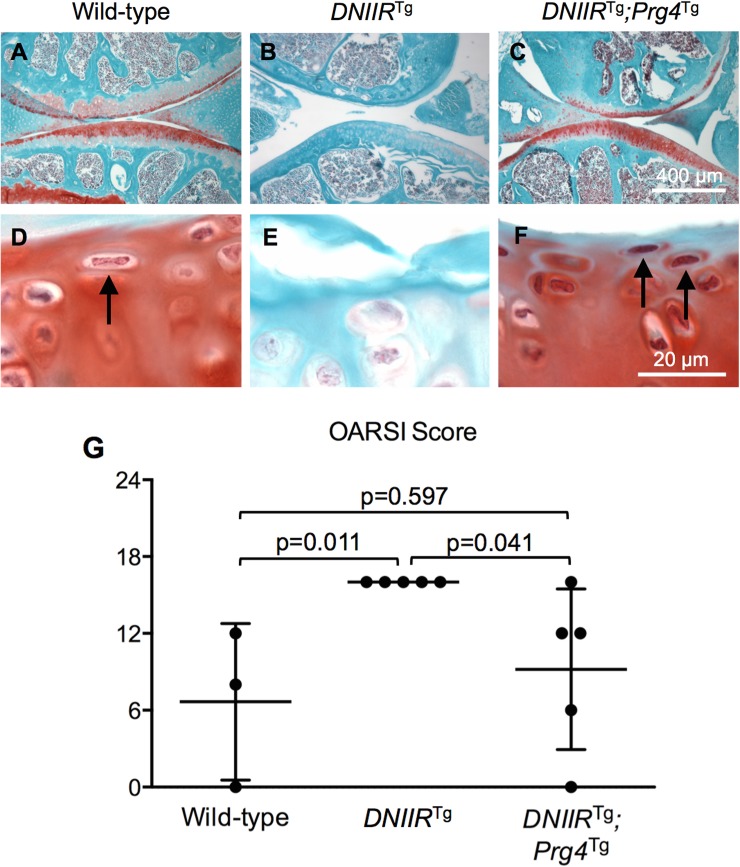Fig 5. Prg4 prevents loss of proteoglycans and loss of superficial zone cartilage.
Safranin O was used to stain for proteoglycans in the articular cartilage of 18-month-old mice. Also, changes in the superficial zone morphology were observed between groups. (A-B, D-E) Wild-type cartilage exhibited a normal superficial zone with cells aligned parallel to the articular surface (arrows point to aligned cells), whereas DNIIRTg cartilage exhibited large regions with no superficial zone as evidenced by a lack of cells aligned parallel to the articular surface. (C and F) DNIIRTg;Prg4Tg cartilage exhibited a normal superficial zone with cells aligned parallel to the articular surface, similar to the wild-type cartilage. OARSI scoring was performed by an observer blinded to genotype. The following results are reported as “mean (lower bound of the confidence interval, upper bound of the confidence interval).” (G) The OARSI score was 6.7 (-8.5, 21.9) for wild-type mice (n = 3), 16.0 (16.0, 16.0) for DNIIRTg mice (n = 5), and 9.2 (1.4, 17.0) for DNIIRTg;Prg4Tg mice (n = 5). There were the following statistically significant differences (reported as “mean difference” (lower bound of confidence interval, upper bound of confidence interval)): wild-type and DNIIRTg mice (-9.3 (-18.2, -0.5)) and DNIIRTg and DNIIRTg;Prg4Tg mice (6.8 (-0.9, 14.5)).

